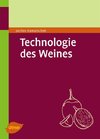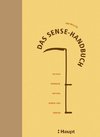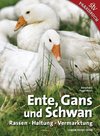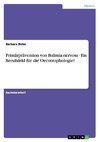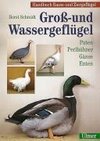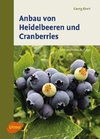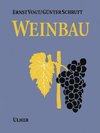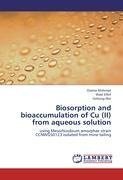
-
 Anglický jazyk
Anglický jazyk
Biosorption and bioaccumulation of Cu (II) from aqueous solution
Autor: Osama Mohmad
Our studies showed that both dead and live cells of M. amorphae CCNWGS0123 are effective absorbents for copper removal from aqueous solution. The removal of copper increased significantly by increasing the pH up to 5.0, agitation speed 150 rpm and temperature... Viac o knihe
Na objednávku, dodanie 2-4 týždne
44.35 €
bežná cena: 50.40 €
O knihe
Our studies showed that both dead and live cells of M. amorphae CCNWGS0123 are effective absorbents for copper removal from aqueous solution. The removal of copper increased significantly by increasing the pH up to 5.0, agitation speed 150 rpm and temperature 28°C. Equilibrium was reached within 30 min. The absorption isotherms could be well fitted by the Langmuir equation followed by the Freundlich equation. The highest removal of initial copper concentration was achieved at a dosage of 100 mg/L and the highest biosorption capacity was found at an initial concentration of 0.5 g/L Cu (II). Fourier transform-infrared spectroscopy (FT-IR) analysis indicated that many functional groups, such as O-H, N-H, C-H, C=O, -NH, -CN, C-N, C-O, amide (-I, -II, -III), and unsaturated alkenes, alkyls and aromatic groups on the cell surface, were involved in the interaction between CCNWGS0123 and Cu ion. Scanning electron microscope (SEM) results showed deformation, aggregation and cell-surface damage due to the precipitation of copper on the cell surface. Energy Dispersive X-ray Scanning (EDX) showed three distinct peaks at 1.1 keV, 8.1 keV and 8.9 keV, implying that copper ions have been absorbe
- Vydavateľstvo: LAP Lambert Academic Publishing
- Rok vydania: 2012
- Formát: Paperback
- Rozmer: 220 x 150 mm
- Jazyk: Anglický jazyk
- ISBN: 9783659224225
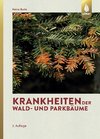
 Nemecký jazyk
Nemecký jazyk 

